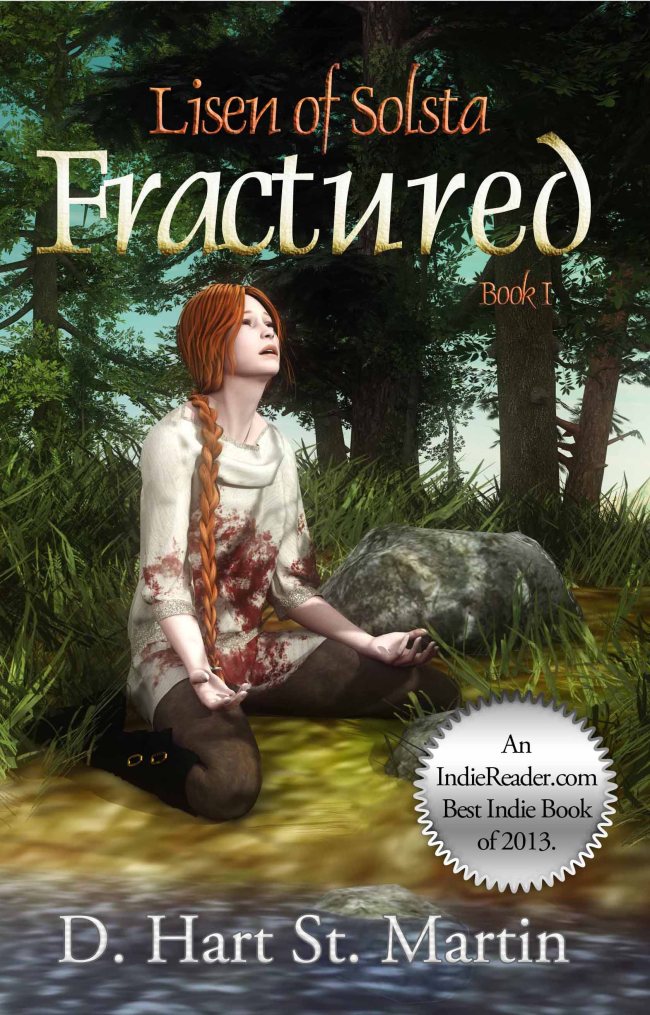I was going to hold off on posting this, but then I read this article online about how the Church of Jesus Christ of Latter-Day Saints (LDS) disciplines people utilizing committees made up exclusively of men, with the spotlight on the disciplining of women. This so disgusted me that I decided I had to speak my piece or explode.
I used to be a Mormon. I’ve written about this before and the fact that Mormon women are denied the priesthood which all Mormon men expect to achieve by the age of twelve.
Recently, I shared my story with a group of wonderful women, women who seek priesthood for all in the LDS church. They have welcomed me into their inner sanctum where stories are shared privately, and I will not betray that trust. But here’s what pains me about this more than anything else.
These women have an atypical attitude about many things compared to other Mormons. They believe LGBT individuals should have ALL the rights that heterosexuals have, something that the church chooses not to acknowledge. (They allow LGBTs into the fold, but only if they don’t practice their “deviant” behavior.) They find fault with conservative politics (most Mormons being ultraconservative). They question the authorities in the church, and that is a definite no-no.
The LDS church brings its children up in a somewhat cultish fashion. “We have the only truth on the planet,” they claim, “and don’t you dare do or say anything to the contrary.” The church authorities claim direct guidance from God. And these women pray for the revelation that will open the doors to the priesthood for them.
There has been some pushback from above. In some cases, local authorities (and yes, they are called “authorities” by everyone in the church) have tried to discourage participation but have done nothing punitive. In others, punitive actions have been taken—such as taking away church assignments and denying temple recommends—in an attempt to quell what is perceived by some as Satan’s handiwork.
It’s not that these women are innocents, eyes wide in shock at the repercussions. But they are surprised when a place they had deemed safe from childhood morphs into a place not quite as safe anymore just because they’ve questioned the status quo. Have they never heard of Sonia Johnson? (Sonia Johnson was an upstanding Mormon woman who supported the ERA back in the 1980s. She spoke before a Senate committee which included Senator Orin Hatch of Utah. She had the audacity to answer truthfully about equal rights for women to this LDS man, and she ended up excommunicated for standing up for all women’s rights.)
I worry about these new friends I’ve made. They are wonderful, wise women, sincere in their desire to understand why God hasn’t stepped in to encourage the men at the top to at least consider opening the priesthood up to women. I worry because they continue in their faithfulness, and I fear it is possible that before all this is over, they will find the church that had once embraced them has abandoned them to find faith on their own.
I don’t want to see them turned into orphans. They deserve much better than that. I wish—oh, how I wish—I could fly in on their behalf, an adult Katniss Everdeen, arrow aflame in my bow, strike at the statue of the angel Moroni at the top of the temple and take the slings and arrows flung back in outraged defense. My skin is tough; I haven’t been a Mormon in over 40 years. These men who claim guidance from heaven can’t touch me the way they can touch my brave friends.
But for that very same reason—my lack of participation in the church for so long—this isn’t my fight; this is their fight. However, nothing will stop me from cheering them on from the sidelines, wiping their tears, cleaning their wounds and holding them in my arms when the burden grows heavy and threatens to overwhelm them. May the God they rely on bless them all.


